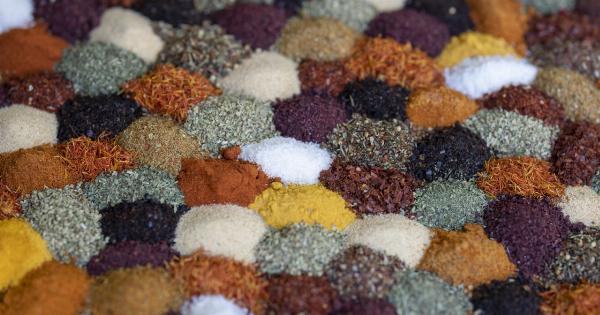Breastfeeding is a beautiful and cherished bonding experience between a mother and her baby. However, it is not without its challenges. One common issue that breastfeeding mothers may face is a fungal infection.
Fungal infections can be uncomfortable and even painful, but with proper understanding and care, they can be effectively managed. In this article, we will explore the connection between fungal infections and breastfeeding, the common types of fungal infections, their symptoms, and how they can be treated.
1. What Causes Fungal Infections During Breastfeeding?
Fungal infections during breastfeeding are primarily caused by a type of fungus called Candida albicans. Candida is naturally present in our bodies, including in the mouth, gut, and genital area.
However, when an overgrowth of this fungus occurs, it can lead to various infections, including nipple and breast fungal infections in breastfeeding mothers.
2. Types of Fungal Infections in Breastfeeding
There are two main types of fungal infections that breastfeeding mothers can experience:.
a. Nipple Thrush
Nipple thrush, also known as mammary candidiasis, is a common type of fungal infection that affects the nipples of breastfeeding mothers.
It often occurs when there is an overgrowth of Candida on the nipple and is usually accompanied by symptoms such as itching, burning, and soreness of the nipples. In severe cases, the nipples may appear reddened, shiny, or flaky.
b. Breast Thrush
Breast thrush, also known as mastitis, is a fungal infection that affects the breast tissue. It typically occurs when nipple thrush is left untreated or if the infection spreads to the breast.
Symptoms of breast thrush include breast pain, redness, and swelling. Some women may also experience flu-like symptoms, such as fever and fatigue.
3. Recognizing the Symptoms of Fungal Infections
Recognizing the symptoms of fungal infections during breastfeeding is crucial for early identification and prompt treatment. Some common symptoms include:.
a. Nipple Thrush
– Itching, burning, or soreness of the nipples
– Shiny or flaky nipples
– Pain during or after breastfeeding
– Shooting or stabbing breast pain.
b. Breast Thrush
– Breast pain or tenderness
– Redness and swelling
– Flu-like symptoms (fever, fatigue)
– Pain while breastfeeding
– Nipple discharge (may be thick and white).
4. Managing Fungal Infections while Breastfeeding
If you suspect a fungal infection, it is essential to seek medical advice from a healthcare professional. They can diagnose the type of infection and prescribe suitable treatment.
Here are some general tips to manage fungal infections while breastfeeding:.
a. Nipple Thrush
– Practice good hygiene by washing nipples and breast pads regularly
– Keep nipples dry between feedings
– Use over-the-counter antifungal creams or ointments recommended by your doctor
– Treat any underlying causes, such as oral thrush in your baby or vaginal yeast infection in mother.
b. Breast Thrush
– Continue breastfeeding to help clear the infection
– Ensure proper latch and positioning to prevent further damage
– Apply warm compresses to the affected breast to relieve pain and discomfort
– Take pain-relief medication as prescribed by your doctor
– Complete the full course of prescribed antifungal medication.
5. Prevention is Key
Preventing fungal infections during breastfeeding is essential for the overall well-being of both mother and baby. Some preventive measures include:.
a. Practice Good Hygiene
– Wash hands before breastfeeding or expressing milk
– Keep nipples clean and dry
– Change breast pads frequently.
b. Maintain Proper Breastfeeding Technique
– Ensure a proper latch and positioning to prevent nipple damage
– Avoid tight or restrictive clothing that may lead to excessive moisture
– Use breathable nursing bras and clothing.
c. Treat Any Other Infections Promptly
– If you or your baby develop an infection, such as oral thrush or a vaginal yeast infection, seek prompt treatment to prevent its spread to the breasts.
Conclusion
Fungal infections during breastfeeding, such as nipple thrush and breast thrush, can be uncomfortable and painful. However, with early recognition, proper treatment, and preventive measures, these infections can be effectively managed.
If you suspect a fungal infection, seek advice from a healthcare professional who can guide you through the necessary steps to ensure a comfortable breastfeeding journey for both you and your baby.





























